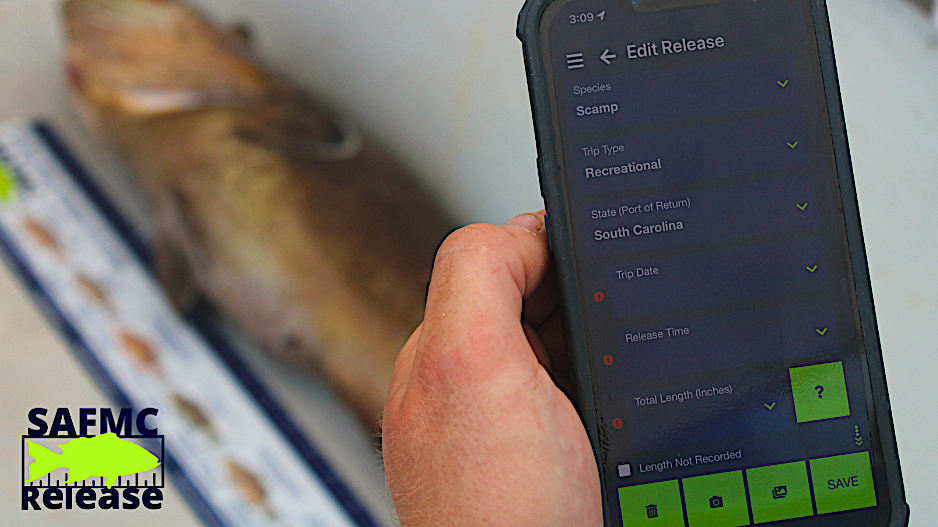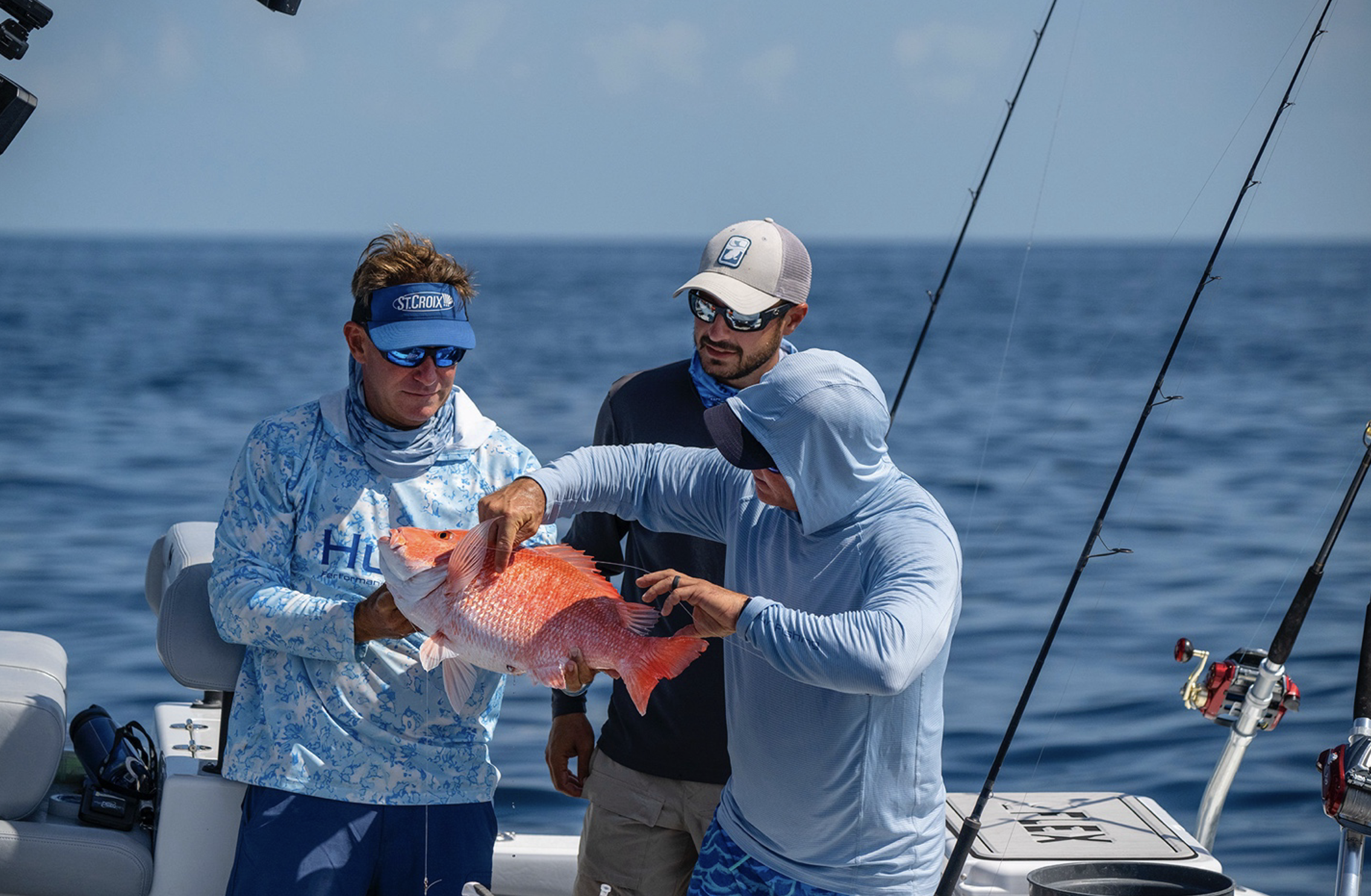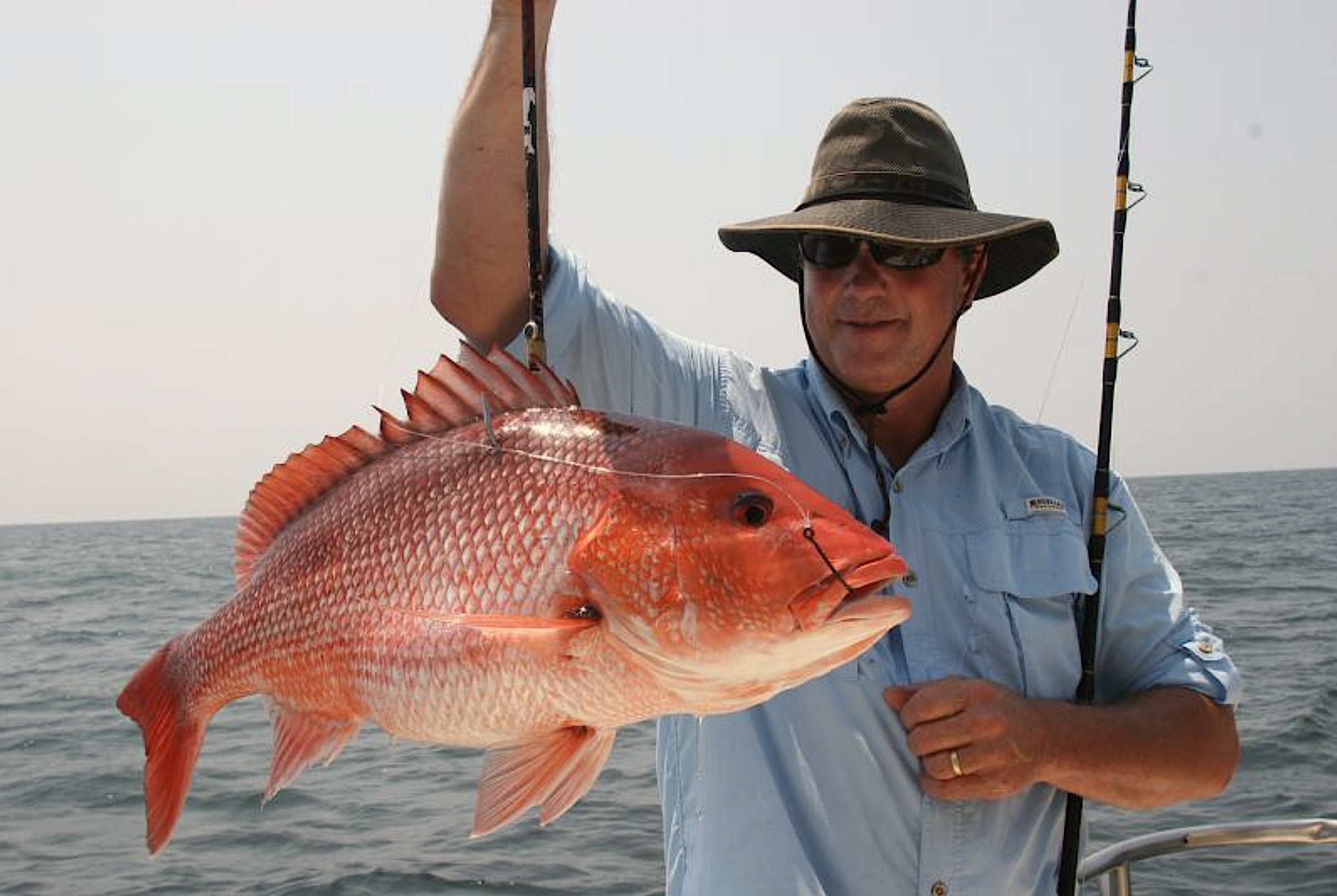Anglers unlock information about the snapper grouper fishery.
Research Need
Released fish often represent a question mark for fishery management agencies, and that question mark is getting bigger in the South Atlantic.
The region is home to some remarkable fishing, and participation in the activity is greater here than on average in the U.S. This, combined with regulatory measures that limit what fishers can keep, has led to increases in the number of released fish.
Agencies like the South Atlantic Fishery Management Council (SAFMC), which manages fish in federal waters (3 to 200 nautical miles offshore) from North Carolina to the Florida Keys, have unanswered questions about these releases, like How big were they? What was their likelihood of surviving release?
These might seem like simple questions, but they’re difficult to answer. Many traditional data collection programs take place on docks after fish have been released. As a result, fishers are often the only people who see their released fish.
However, through the SAFMC Release project, fishers are using their on-the-water observations to address key questions about releases, providing managers with data that can be used to inform management decisions.
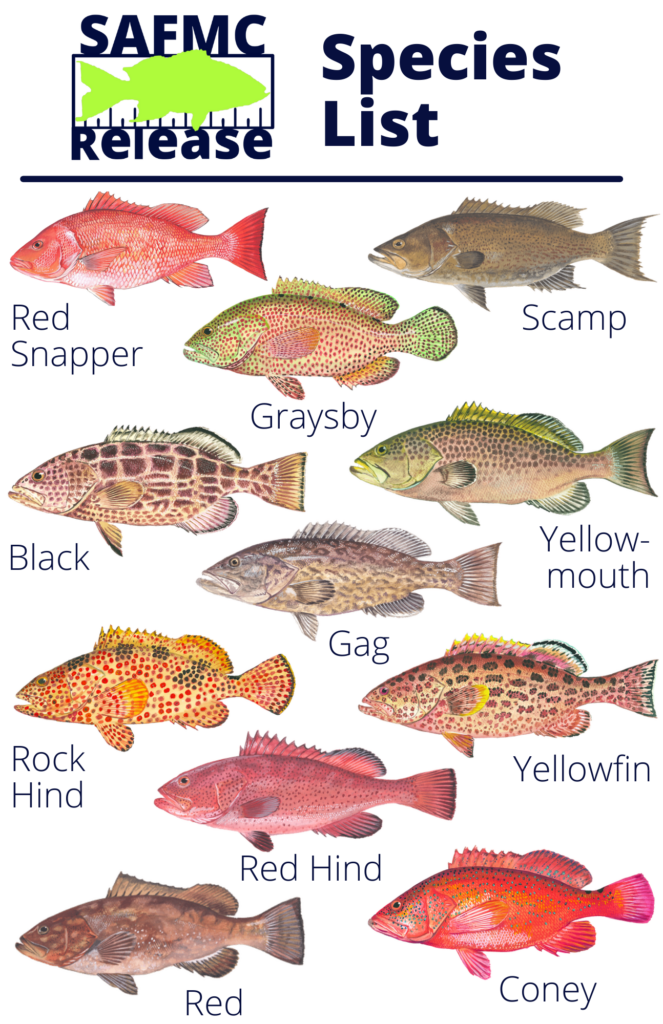
What did we study?
SAFMC Release works with recreational, for-hire, and commercial fishers who use the free mobile app SciFishto record information about their released shallow water grouper and red snapper. Data includes depth of the catch, length of the fish, optional location, use of a descending device or venting tool, and the occurrence of shark depredation.
Why do we ask about descending devices and venting tools?
These devices reduce the impacts from barotrauma – a pressure-related injury that can lead to death if untreated. Fishers can use a descending device to return a fish to depth (“recompressing” it) or a venting tool to release excess gas from its swim bladder.
Watch a short video on descending devices. Learn more: SAFMC’s Best Fishing Practices.
Another key piece of data we ask for is length of the released fish. Length is associated with age for some species of fish and can paint a picture of a fish population’s dynamics, helping scientists identify issues the fishery might be facing.
What did we find?
Thanks to the contributions of fishers participating in SAFMC Release, we’re gaining invaluable knowledge about their releases.
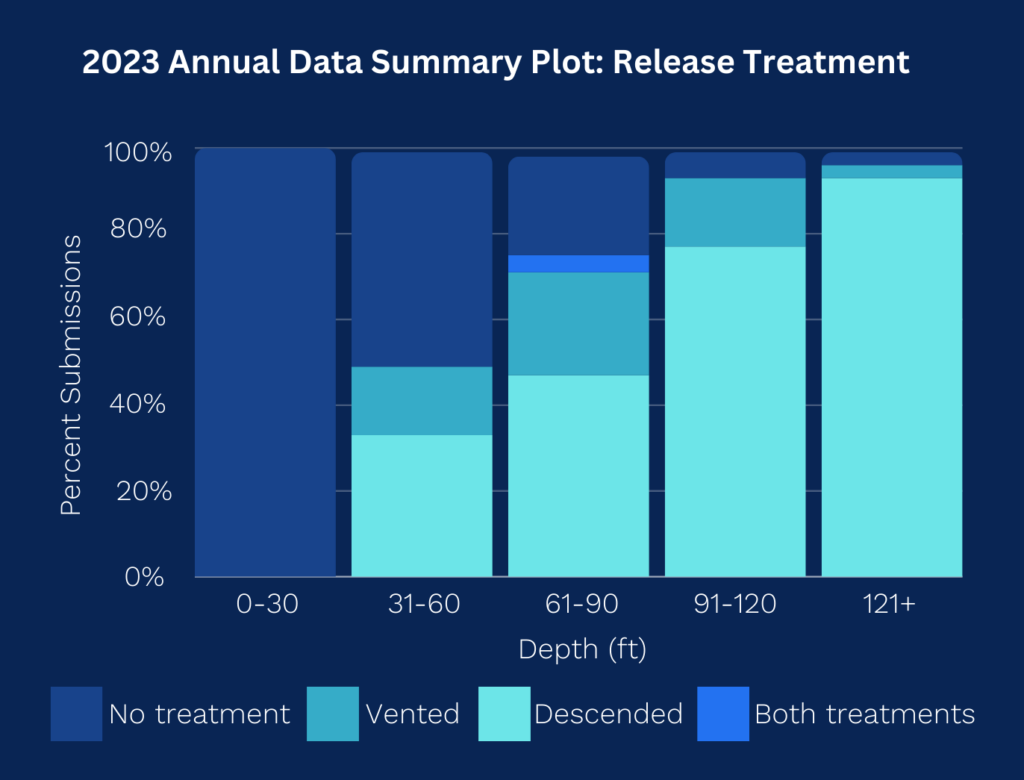
This graph from the SAFMC Release 2023 Annual Data Summary explores the treatment of fish recorded in the SciFish app in 2023. It shows an increase in the use of venting and/or descending devices as the depth at catch increases.
This makes sense, because the likelihood of barotrauma increases as depth at catch increases. This trend illustrates how Release project participants are giving fish from deeper waters their best chance of survival.
What else did we find?
Not only are we learning more about the steps that project participants take to help released fish survive, we’re also getting details about the size of their releases. For example, in 2023, red snapper accounted for about 70% of the released fish submitted in the SciFish app, and we’ve gained insight into the lengths of these released red snapper and the average depths at which they were caught.
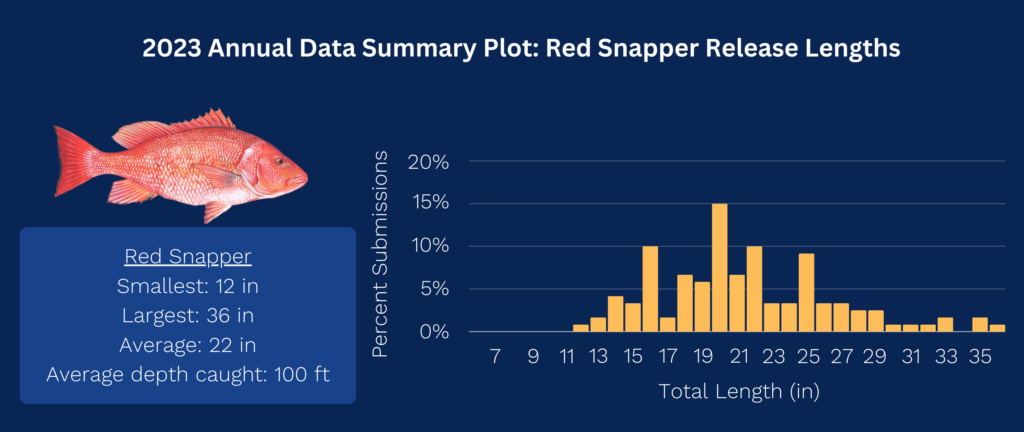
Anything else?
We’ve learned so much, thanks to the many contributions of the fishers participating in SAFMC Release. This project wouldn’t be possible without their knowledge and expertise.
We still have a lot more to learn. Do you fish for grouper or red snapper in the South Atlantic? The confidential information you contribute will help to support the long-term, informed management of the snapper grouper fishery. Fill out a short form to join the SAFMC Release project here.
Reading
SAFMC. (n.d.) SAFMC Release.
SAFMC Citizen Science Program. (2024). SAFMC Release 2023 Data Summary.
U.S. Fish and Wildlife Service. (2022). 2022 National Survey of Fishing, Hunting, and Wildlife-Associated Recreation.
Funding for SAFMC Release has been provided by the Atlantic Coastal Cooperative Statistics Program, the SAFMC, and The Pew Charitable Trusts.
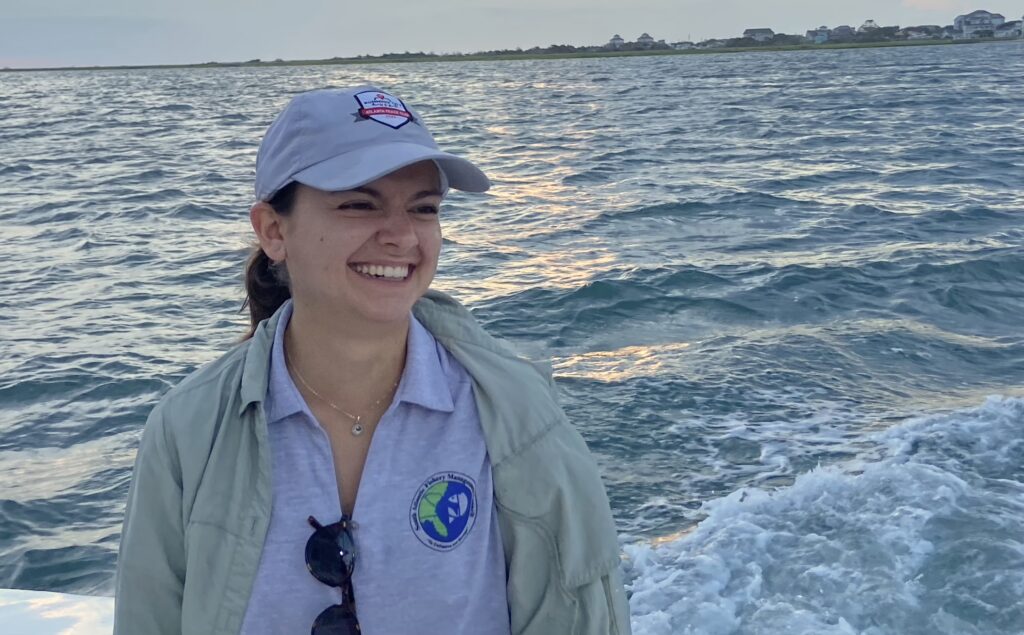
BY MEG WITHERS (above), Citizen Science project coordinator for the SAFMC. She manages the SAFMC Release project. Contact: meg.withers@safmc.net.
The text from Hook, Line & Science is available to reprint and republish at no cost, but only in its entirety and with this attribution: Hook, Line & Science, courtesy of Scott Baker and Sara Mirabilio, North Carolina Sea Grant.
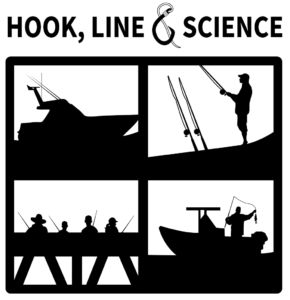
- Categories:

